If you work on how land processes feedback on climate, from vegetation change and fire to permafrost, water and energy fluxes, we’d love to see your abstract! See you in Vienna.
🧑💻 One of this year's sessions is hosted in partnership with MC3 4 Earth Center. You can read more about the session here: lnkd.in/dbr8Mi_g

If you work on how land processes feedback on climate, from vegetation change and fire to permafrost, water and energy fluxes, we’d love to see your abstract! See you in Vienna.


eos.org/editor-highl...

eos.org/editor-highl...
Great discussions and plenty of food for thought. Excited to see where this community takes these ideas next!
Grateful to the organizers and participants for the engagement!
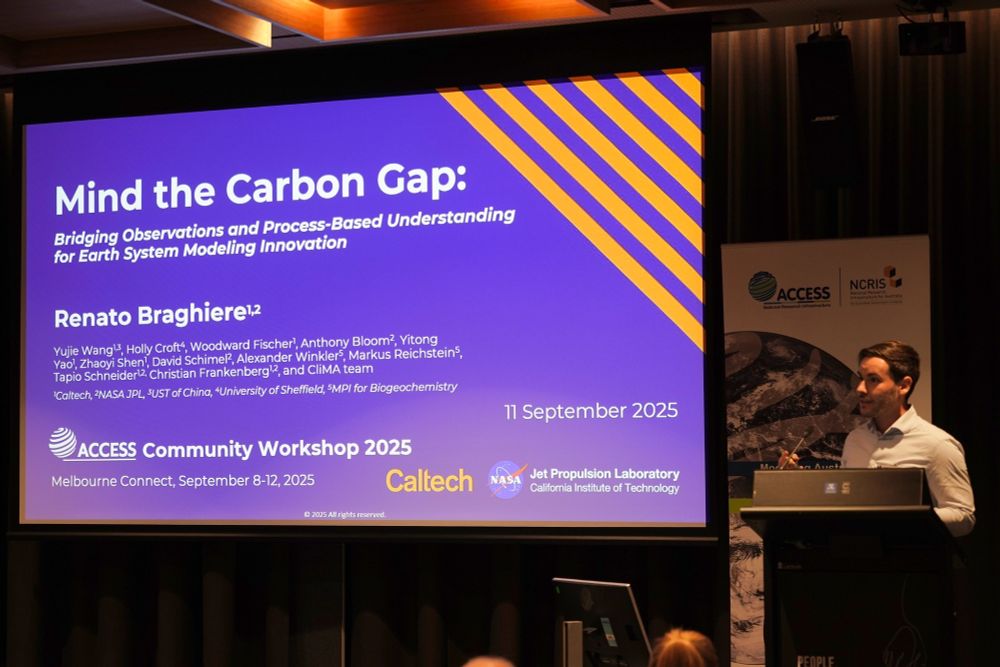

Great discussions and plenty of food for thought. Excited to see where this community takes these ideas next!
Grateful to the organizers and participants for the engagement!
👩🏫 Program: bit.ly/4lH8UA6
👨💻 Training Day program: bit.ly/4kYZG0O

👩🏫 Program: bit.ly/4lH8UA6
👨💻 Training Day program: bit.ly/4kYZG0O

👉 doi.org/10.1111/gcb....

👉 doi.org/10.1111/gcb....
atmosphere.copernicus.eu/spain-below-...
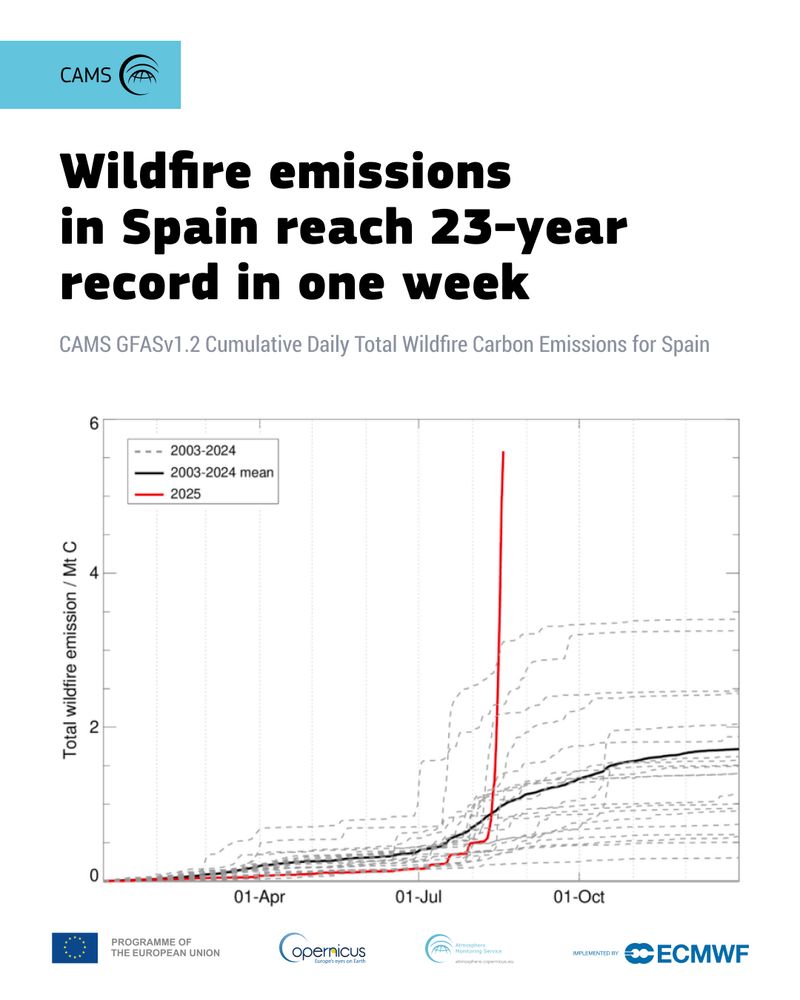
atmosphere.copernicus.eu/spain-below-...
To attend this lecture, register here: bit.ly/Carbon-I
Location: Sharp Lecture Hall, Caltech
Time: 4:30PM Refreshments , 5:00PM Lecture
To attend this lecture, register here: bit.ly/Carbon-I
Location: Sharp Lecture Hall, Caltech
Time: 4:30PM Refreshments , 5:00PM Lecture
#climate #remotesensing

#climate #remotesensing
I only have a few basic variables so far, but I will be expanding this summer to add a range of metrics (e.g., ecological). I welcome suggestions! Hope this is useful, especially nowadays.
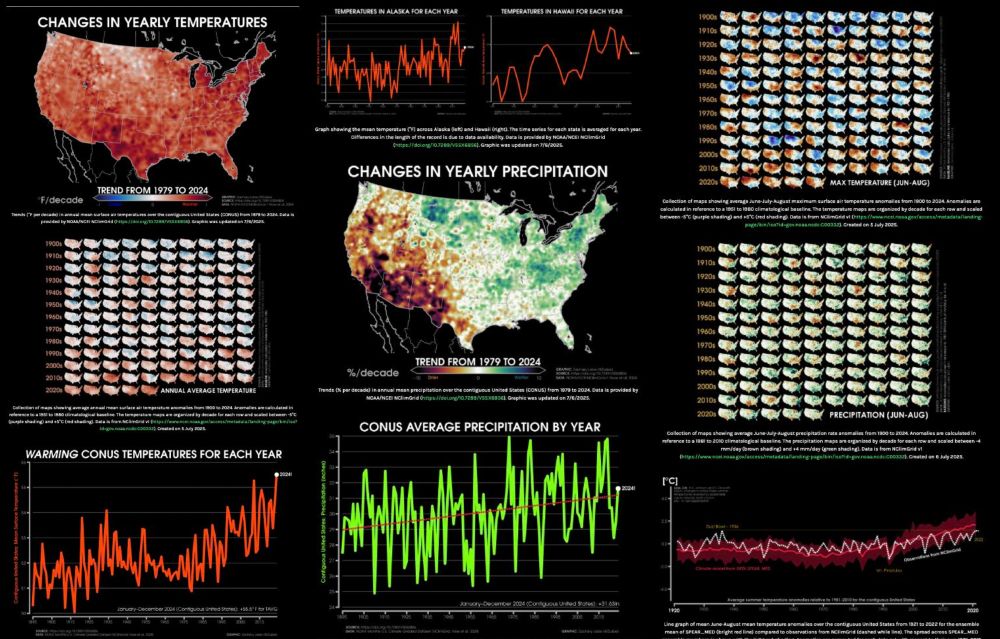
I only have a few basic variables so far, but I will be expanding this summer to add a range of metrics (e.g., ecological). I welcome suggestions! Hope this is useful, especially nowadays.
Join us on 7/22 for a talk from PI Prof. Christian Frankenberg as he outlines the mission concepts and paths forward.
Register here: bit.ly/Carbon-I
Read more: kiss.caltech.edu/lectures/202...
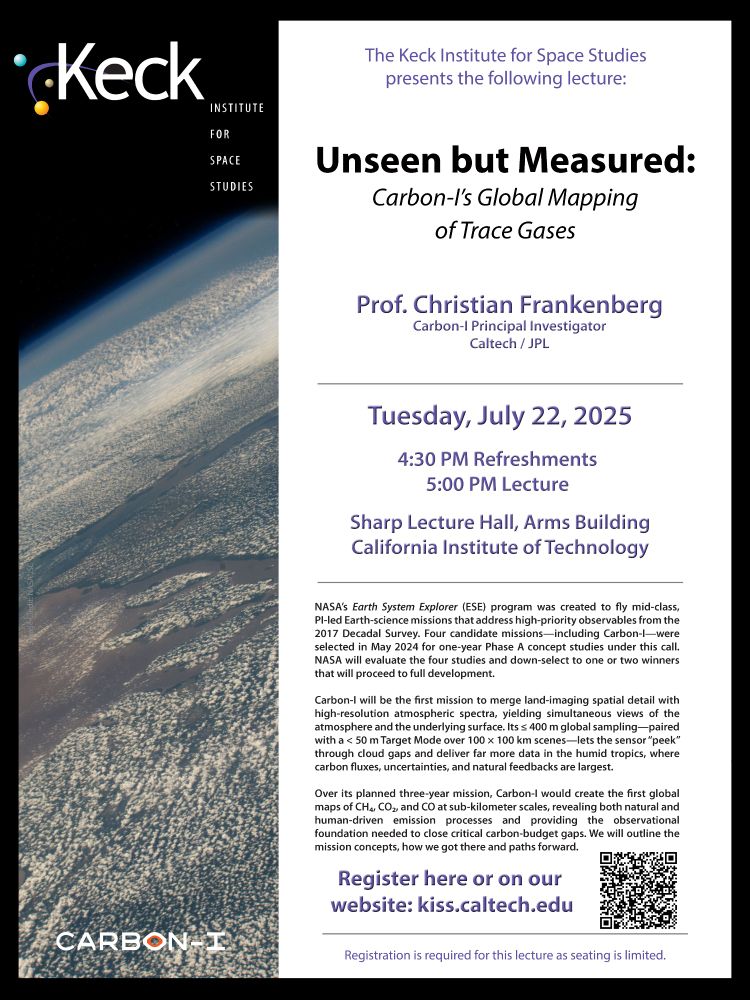
Join us on 7/22 for a talk from PI Prof. Christian Frankenberg as he outlines the mission concepts and paths forward.
Register here: bit.ly/Carbon-I
Read more: kiss.caltech.edu/lectures/202...

In our new paper, we show how trait data can shift climate model predictions of energy & carbon fluxes.
doi.org/10.1038/s414...
PACE shows what’s happening. We ask: what does it mean?

In our new paper, we show how trait data can shift climate model predictions of energy & carbon fluxes.
doi.org/10.1038/s414...
PACE shows what’s happening. We ask: what does it mean?
It’s rewarding to see this kind of attention highlighting the importance of linking traits to how we model the Earth system.
👉 scienmag.com/how-leaf-tra...

It’s rewarding to see this kind of attention highlighting the importance of linking traits to how we model the Earth system.
👉 scienmag.com/how-leaf-tra...

We show that replacing plant functional types with trait-based leaf optics into CESM & CliMA improves surface reflectance, shifts albedo >5 W/m², and alters regional climate projections.
📖 Read: www.nature.com/articles/s41...
#Climate #LandModeling #LeafTraits


We show that replacing plant functional types with trait-based leaf optics into CESM & CliMA improves surface reflectance, shifts albedo >5 W/m², and alters regional climate projections.
📖 Read: www.nature.com/articles/s41...
#Climate #LandModeling #LeafTraits


Congrats again to @jeaggu.bsky.social and the many, many co-authors who contributed to this
@natureportfolio.nature.com

Congrats again to @jeaggu.bsky.social and the many, many co-authors who contributed to this
@natureportfolio.nature.com
"Soil resource acquisition strategy modulates global plant nutrient and water economics" by @alissarcheaib.bsky.social @nickgregsmith.bsky.social & @eaperkowski.bsky.social
🔗 Read it here: nph.onlinelibrary.wiley.com/doi/10.1111/... #EEO #LEMONTREE
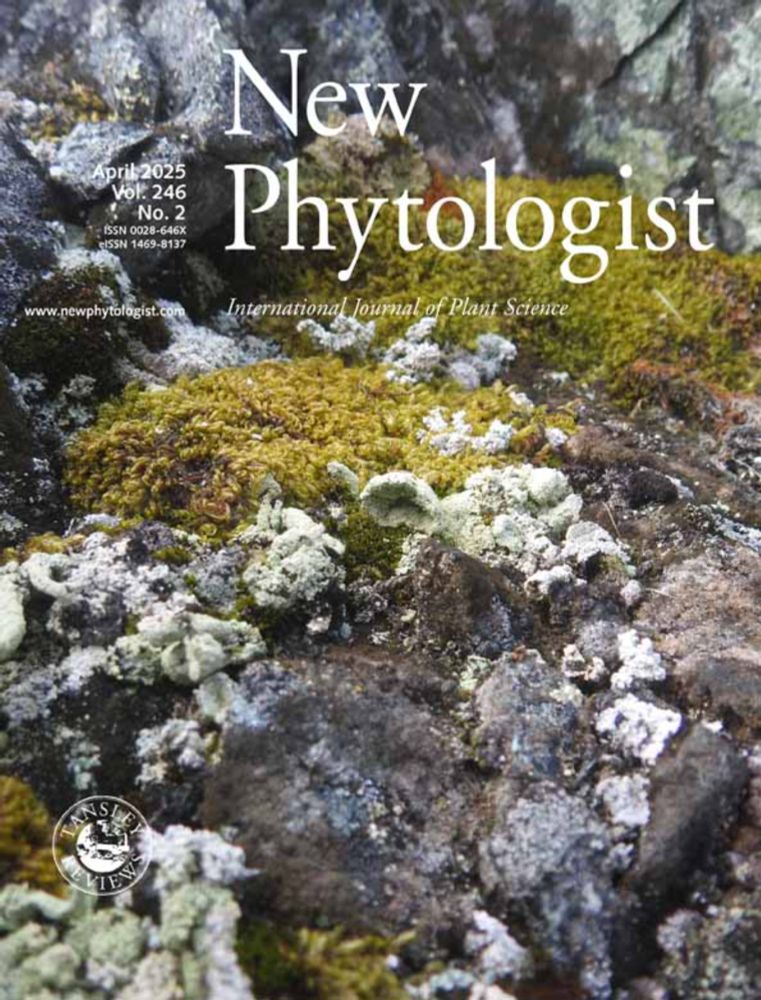
"Soil resource acquisition strategy modulates global plant nutrient and water economics" by @alissarcheaib.bsky.social @nickgregsmith.bsky.social & @eaperkowski.bsky.social
🔗 Read it here: nph.onlinelibrary.wiley.com/doi/10.1111/... #EEO #LEMONTREE



Hyperspectral + @NASA (EMIT, PACE, SBG) = the future of Earth Sciences! 🌍🛰️ 🚀

Hyperspectral + @NASA (EMIT, PACE, SBG) = the future of Earth Sciences! 🌍🛰️ 🚀

